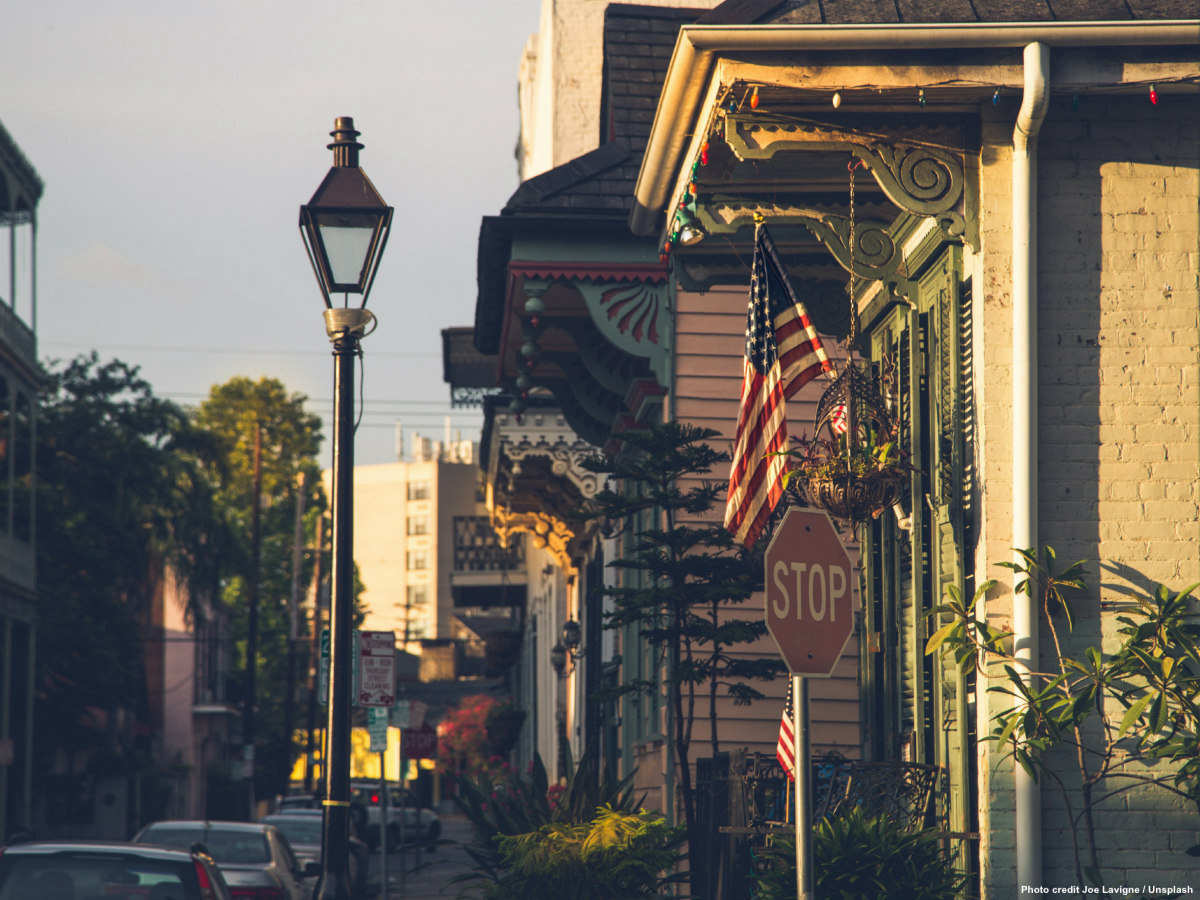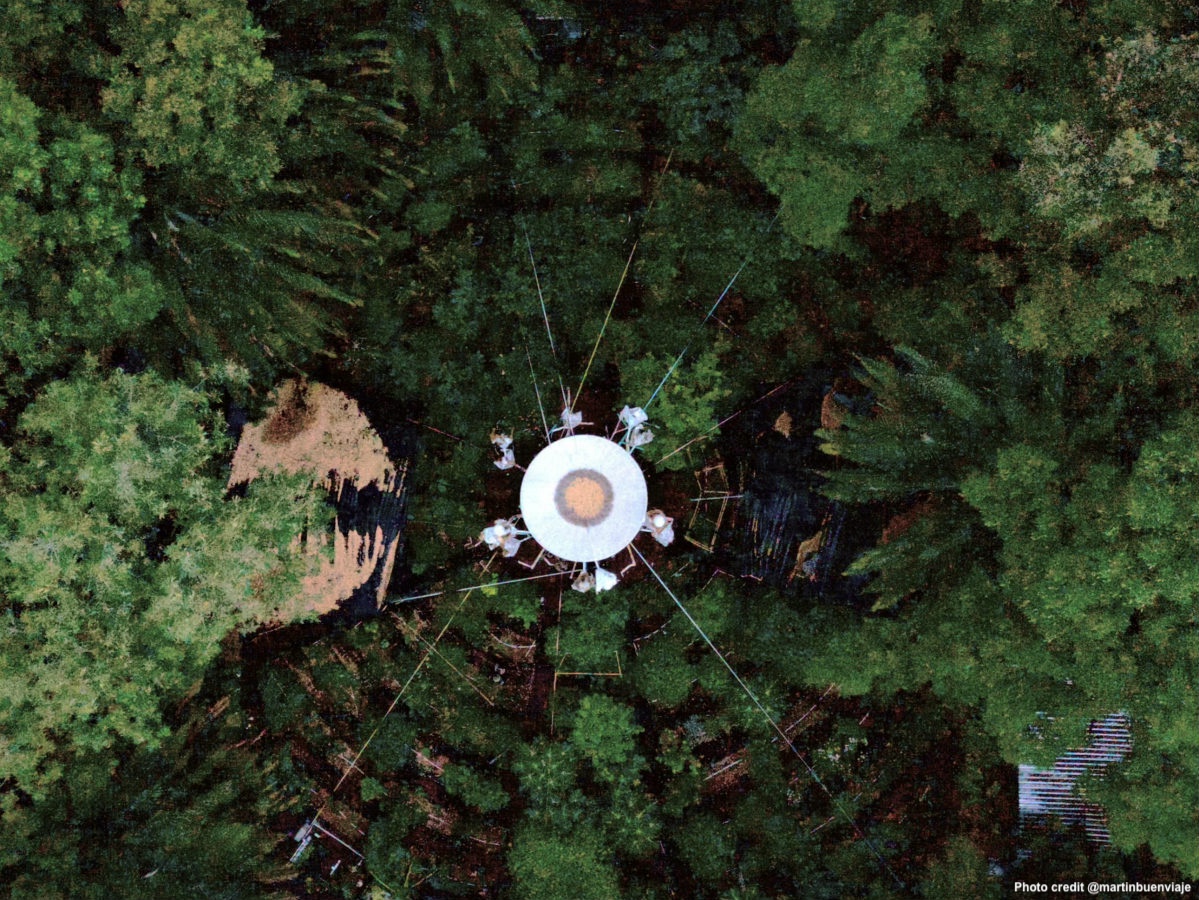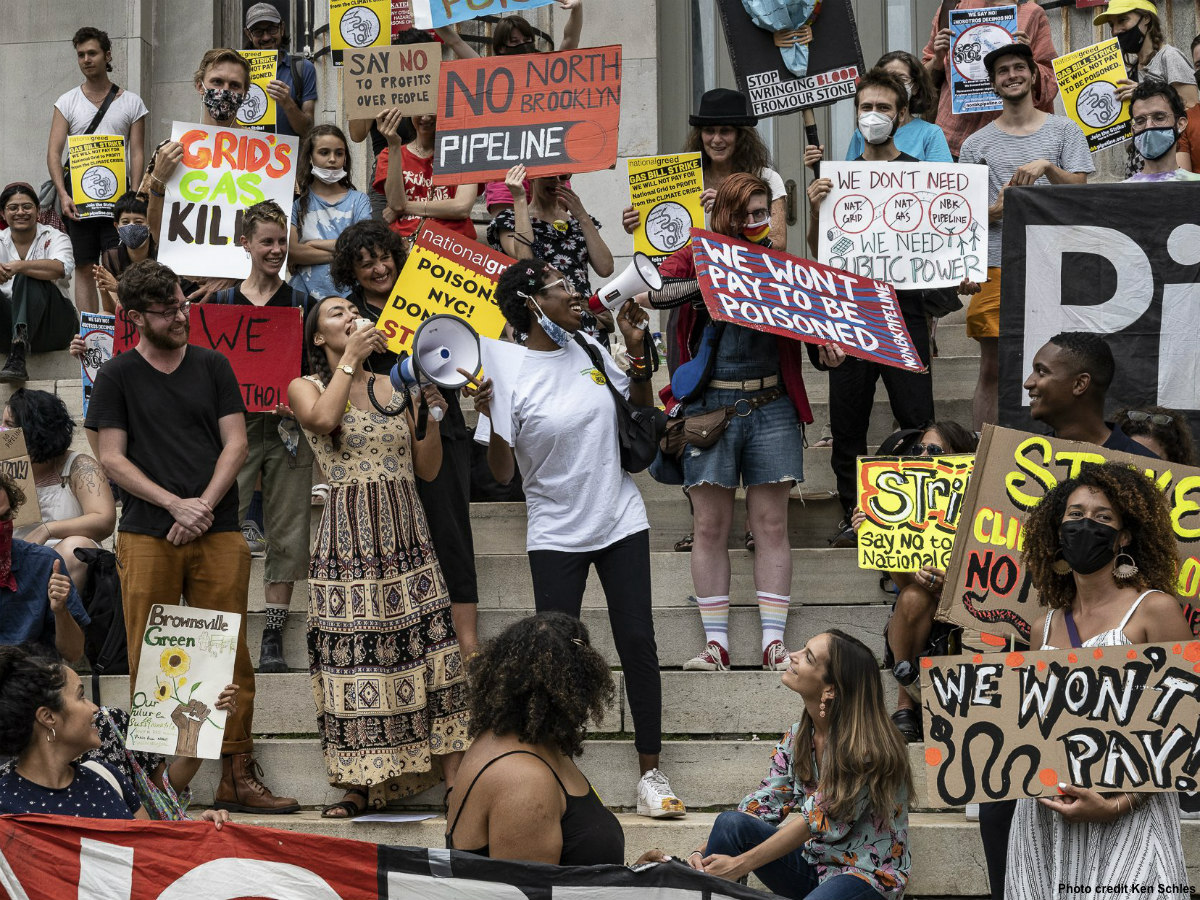Monique Harden and Dr. Beverly Wright are veterans of air pollution in the US. In 1992 Dr. Wright founded the Deep South Center for Environmental Justice in New Orleans, the first ever environmental justice center in the US, and around the world, whose work has been having ripple effects on grassroots movements everywhere. But just as the fight has recently begun to reach a tipping point, carbon capture and storage has created a new setback.
“I think for the last 30 years, we’ve seen oil and gas companies questioning policies based on climate science, and trying to draw doubt and skepticism about climate change so that nothing would happen,” says Harden, director of Law and Public Policy at the Deep South Center for Environmental Justice. But she believes that strategy has expired. “Climate denial is not an effective thing for them to do anymore. Now they have moved from climate denial to climate scams. Carbon capture and storage is one of them.”
Rather than cutting back fossil fuel production, carbon capture and storage involves the capture of emissions of carbon dioxide from the waste stream when fossil fuels are burnt for power generation or industrial activity. The collected carbon dioxide is transported via pipelines, and then stored in a well underground. In the last UN Climate Change Conference in Dubai, Jim Skea, Chair of the UN science body, IPCC, said about “solutions” for climate change, that the ambitions for 1.5 or 2 degrees are so, so large that “you can’t actually leave anything off the table.” For Harden, though, carbon capture and storage is climate change resistance on autopilot.
Two years ago, first responders arrived at Sartartia, Mississippi, and found themselves in the middle of apocalyptic scenes. After days of heavy rainfall, the ground surface had eroded and provoked the rupture of a pipeline carrying carbon dioxide. As the carbon dioxide hung in the air over the rural community like clouds, people didn’t have enough oxygen to breathe and instantly passed out – in their houses, at their front doors, and in their cars in the middle of the road (cars stopped working due to the lack of oxygen). The victims of this tragedy who survived still have serious neurological and cardiovascular issues, among other health problems.
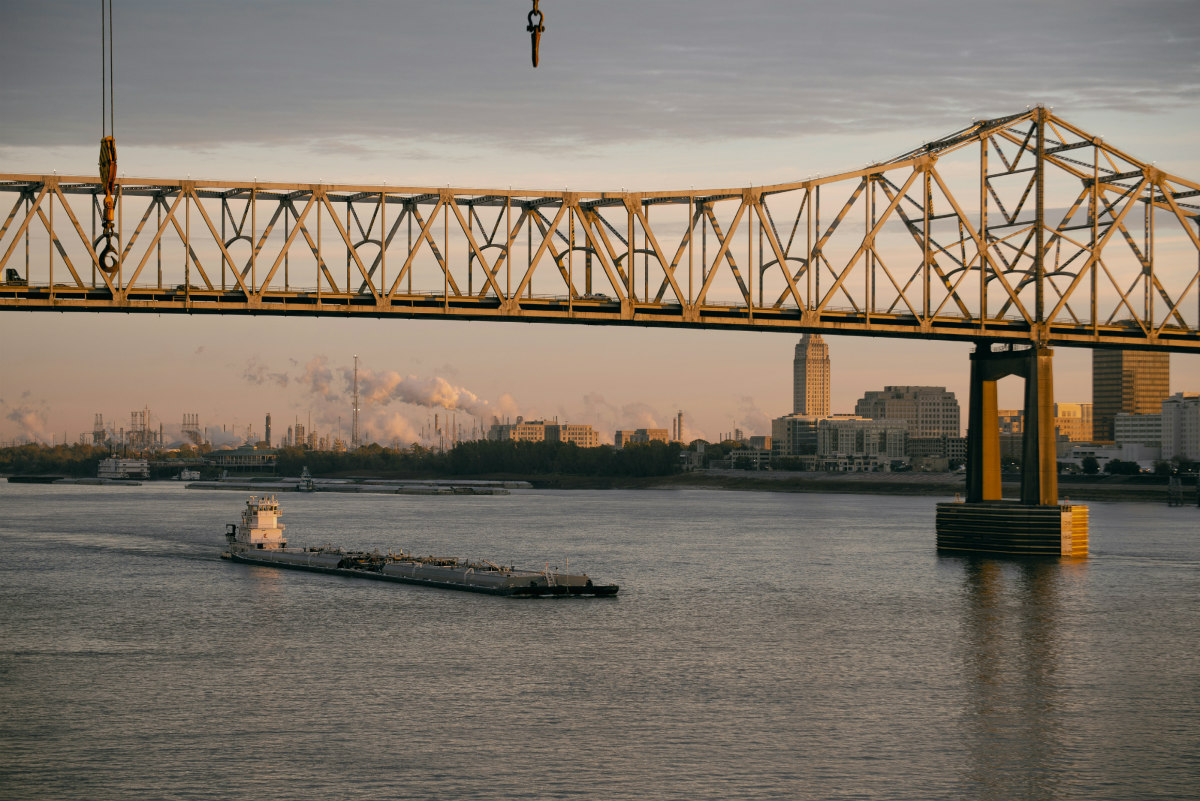
***
Louisiana is home to at least 15 oil refineries that cover 20 percent of the refining capacity in the United States. The region of Louisiana along the Mississippi River between New Orleans and Baton Rouge, down to the mouth of the river at Plaquemines Parish, is nicknamed “Cancer Alley”. The number of cases of people diagnosed with cancer or suffering from respiratory or reproductive damage is extraordinary, far above the national average. When oil was discovered in the 1920s to 40s, fuel companies decided on this location in Louisiana where large swaths of the Black community had already settled post-emancipation.
“They build the infrastructure as if people don’t live here. A lot of that is driven by racism,” bristles Harden. The images are unsettling. A very large rack holding pipes bypasses family homes and a church above the ground. Pipelines move oil and chemicals back and forth from the industrial facilities that are on both sides of the road, and people just drive under it. After 30 years of advocacy work, the area is still ground zero for environmental justice against the resistance of the fuel industry to operate at any price. “But we’re not taking it,” Harden tells me over Zoom.
Dr. Wright’s hand can be seen everywhere — which, no doubt, helped lead to the momentum that the grass-roots environmental-justice movement is having across Louisiana and the rest of the United States. Born and raised in New Orleans, “Dr. Wright is a powerhouse in her own right, with a tremendous vision,” says Harden. As an academic, and a young woman, she fought against all odds to change the dynamics of research work between university researchers and communities harmed by industrial pollution and hazardous operations. She created the “Communiversity” model in partnership with Historically Black Colleges and Universities (HBCUs). This model acknowledges the integration of the valuable input of the community with the theoretical knowledge of academicians for effective research and policy-making which could ultimately help the community.
Dr. Wright has contributed to uplift numerous community-based organizations through years of environmental literacy, always grounded on research. Only education, she firmly believes, could help make the case to advance justice. Every year, in collaboration with HBCUs, the Deep South Center for Environmental Justice organizes the annual Climate Change Conference with the idea that students get training and education on engaging with communities around climate solutions. I wonder to Harden if this could be a better model for the COP, and note that Louisiana seems to be the right place where the discussions about climate change could be finally closer to the realities of fuel operations.
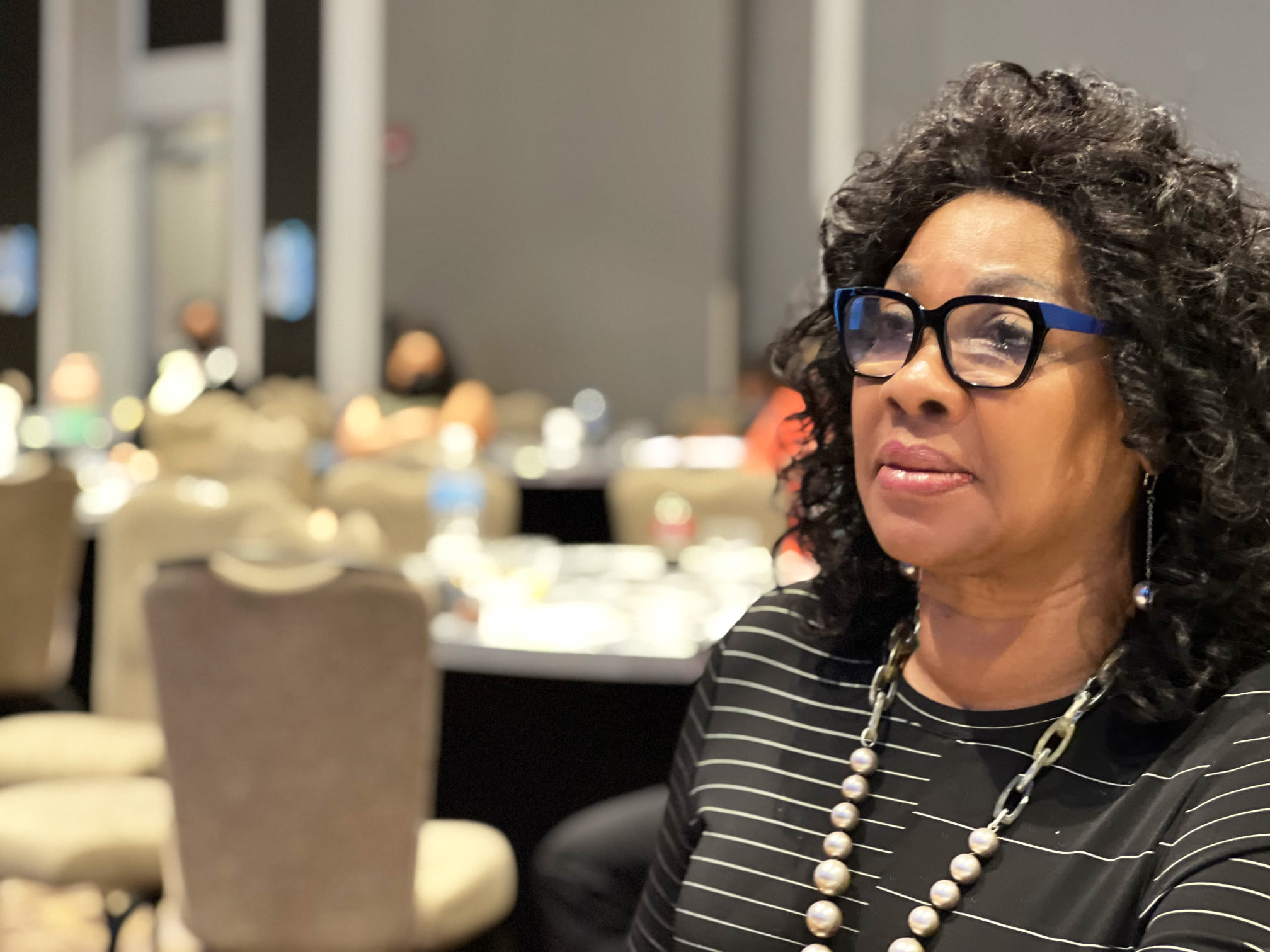
I ask Harden what she makes of an article published one year ago that reported fossil fuel companies donated $700m to US universities over 10 years, including top five schools that champion climate research, like Stanford University and Massachusetts Institute of Technology. She admits not having seen the article but she doesn’t look surprised either. She has been doing this work for more than 20 years, and “that’s always been the case, where the goal for the industries is to make sure that there’s no research that’s contrary to their interests.”
***
The risks of carbon dioxide can’t be discounted or ignored. “This so-called technology [carbon capture and storage] has failed to meet the 90% climate mitigation goal,” says Harden, referring to the cut in net greenhouse-gas emissions that governments aim to achieve. And she adds, “The fossil fuel companies refuse to acknowledge that fact. Instead, when failures happen, they blame it on ‘economic reasons’.” Harden is convinced that if their battle on environmental justice stands up to research that is proven, that is solid, then they are speaking truth to power. And then nobody could be fooled about carbon capture and storage.
The transport of carbon dioxide via pipeline and its injection in wells underground really raises serious questions. Not too many people are familiar with the fact that carbon dioxide is recognized as a hazardous waste in the United States under federal law, because of its corrosive nature, its ability to destroy solid materials. There is no pipeline manufacturer that would circumvent the corrosivity of carbon dioxide, so transporting it means that, over time, the pipeline infrastructure will corrode and leak.
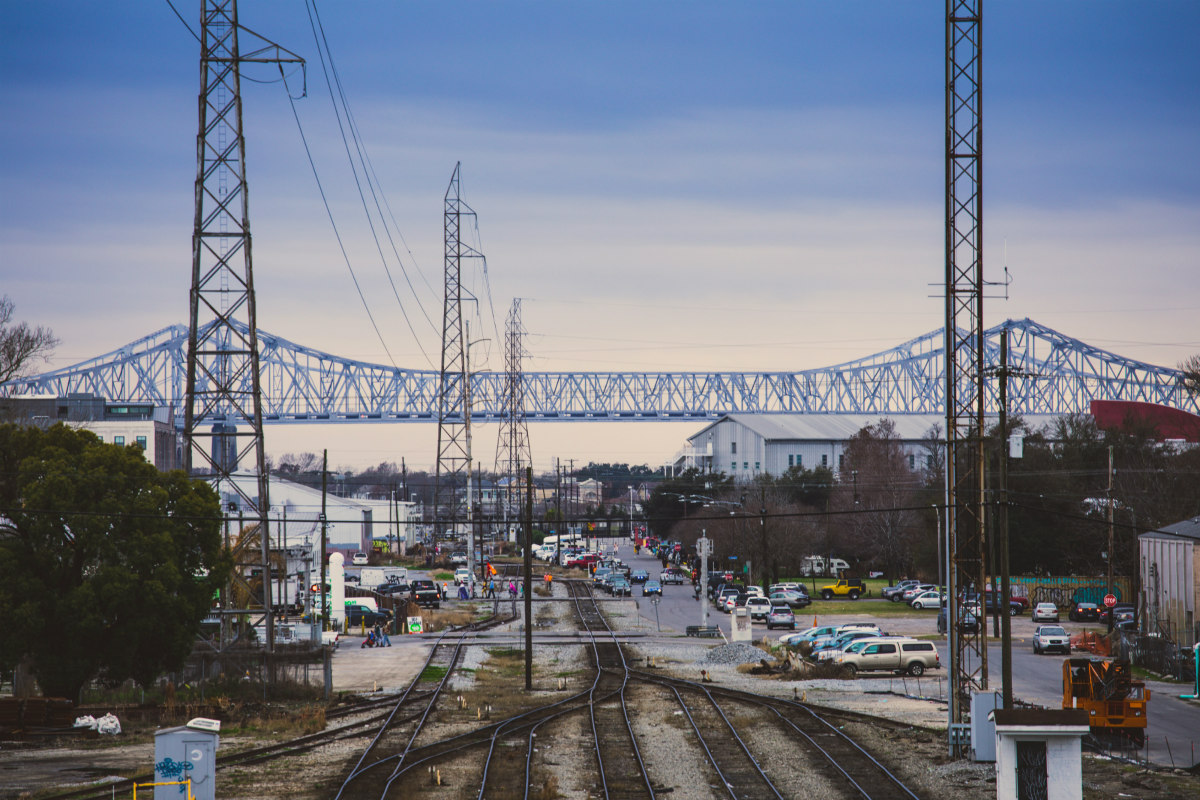
Other risks in terms of underground injection is that carbon dioxide could break down well structures, contaminating the groundwater that supplies many farmlands and communities. And it could break down rock formations near the numerous fault lines that exist in Louisiana, triggering earthquakes. Also, thousands of wells which were dug at the beginning of the twentieth century are abandoned. Each one can serve like a straw for the carbon dioxide to escape above ground.
The state of Louisiana processes the highest number of applications for carbon capture storage projects in the US. Ultimately, the Deep South Center for Environmental Justice was left with no other option than to speak with the City Council of New Orleans about carbon capture and storage projects that “companies and too many of our government officials who are cozy with them are trying to force down our throats,” claims Harden. The city constitution includes the responsibility of the government to protect the environment.
In June 2022, the city of New Orleans became the first city in the country to take action to inhibit the deployment of pipelines, injection wells or anything that has to do with the infrastructure for carbon capture and storage. “We now see state governments around the country that regulate pipelines, denying applications because of the dangers and the risks,” says Harden.
The same year, local environmental justice groups (including two communities in Cancer Alley) filed complaints with the US Environmental Protection Agency (EPA), alleging that the Louisiana Department of Environmental Quality had engaged in racial discrimination under the Civil Rights Act. In a turning point, the EPA began an investigation that led to findings of violations of civil rights, and to transformative discussions with state agencies around what they could do better to protect civil rights in Black communities who had been targeted for generations with toxic pollution and toxic facilities.
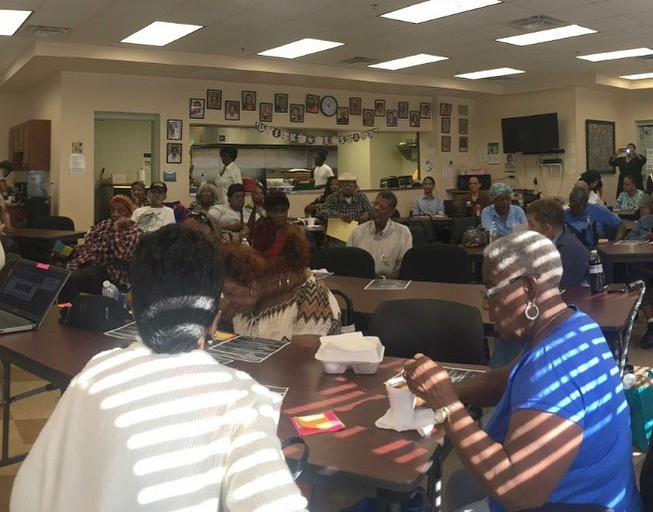
The EPA was in the closing stages of signing a draft report of the investigation, when a slight hitch occurred: the attorney general of Louisiana (now governor of the state), Jeff Landry, filed a lawsuit to stop it from happening.. Afterwards, the Department of Justice, which represents the EPA in matters of legal lawsuits, dropped the investigation, and decided not to fight it, effectively leaving Cancer Alley residents to continue the struggle on their own.
“We never got a reason why they made that decision because the facts were on good footing. If they were not, none of the state agencies would have agreed to make all of these changes,” says Harden. Landry has also filed a lawsuit against activist groups that he accuses of exercising undue influence over decisions at the EPA. “He filed a Freedom of Information Act request to the EPA, seeking any communications between myself, the executive director, Dr. Wright, and our organization, Deep South Center for Environmental Justice with the EPA,” explains Harden. When the EPA responded with information, apparently, “that wasn’t good enough,” he filed a lawsuit under the Freedom of Information Act against the EPA.
***
After these backlashes, I ask Harden if they have thought about revising their strategy. Or perhaps there are other components that make them rethink how to continue the battle? My question prompts an immediate answer with a smile, “Absolutely!” “I can’t reveal that right now. But we will look at how we can achieve our goals through other strategies, knowing the way in which things have changed because of the mindset of the person who’s now the governor of Louisiana.”
The day before I met Harden over Zoom, the Deep South Center for Environmental Justice, together with two other Louisiana-based organizations, filed a lawsuit against the EPA for a decision which gives the state of Louisiana permitting authority over carbon capture storage. Given the horrendous track record with the existing oil and gas wells in the state, they argue that the Department of Environmental Quality of the state of Louisiana has failed in monitoring, inspection, and enforcement.
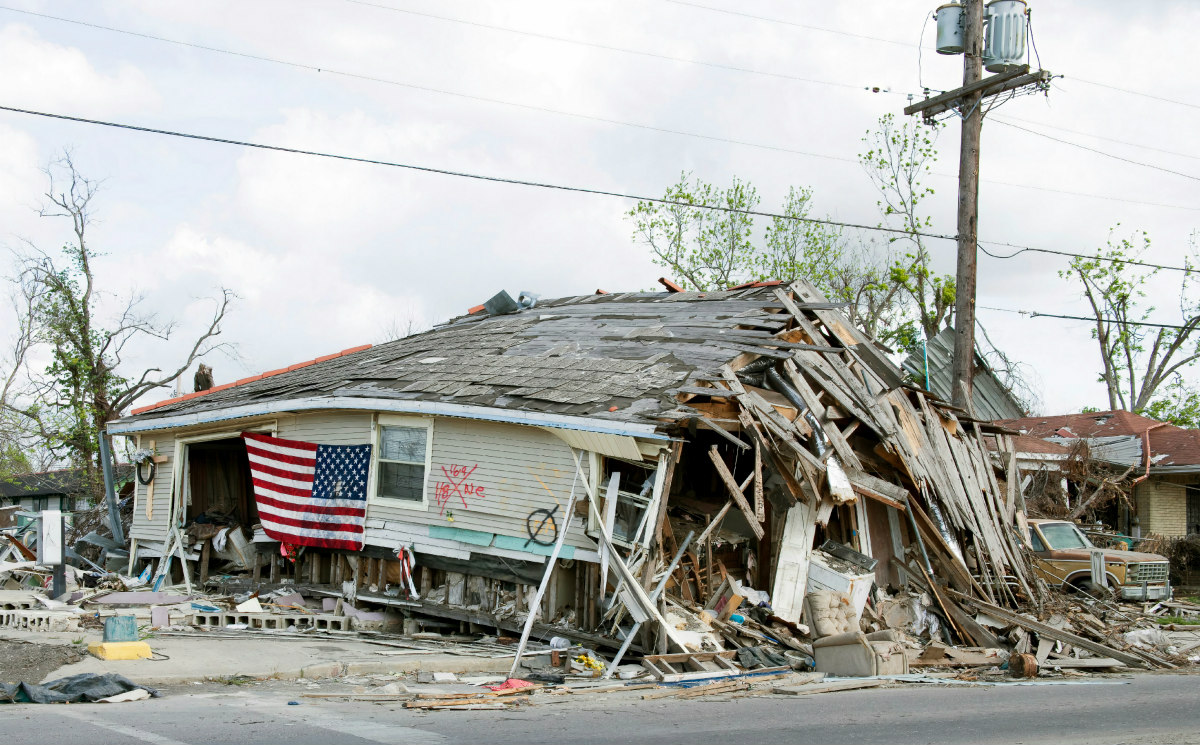
As the battle escalates in New Orleans, Harden says that carbon capture and storage is an attempt to hold them back when there is so much momentum around energy efficiency and renewable energy. More and more communities have embraced solar energy as a valuable alternative for power generation. In particular, after Hurricane Katrina devastated New Orleans and other Gulf Coast communities in Alabama, Florida and parts of Texas, lawmakers created incentives for people to rebuild their homes with solar power. “No matter the demographic of the neighborhood – level of income, race, etc – you would see solar roofs on every home in New Orleans,” says Harden proudly.
On August 29th, 2021, hurricane Ida hit Louisiana, and left many people without power supply; it was the folks who had solar with battery storage who became heroes in their communities. Now, thanks to the federal funding of the Justice40 Initiative, a name that refers to the 40% of funds going specifically to disadvantaged communities, more communities across the state are switching to solar energy.
I finally ask Harden if New Orleans can warn the world about carbon capture and storage and, therefore, about climate change? “I’ll put it that way. We have to. We know that carbon capture storage is not a solution by any stretch of the imagination. It’s coming from the same companies that once denied climate change because it would have stopped them from having to continue to make energy the way that they do. And now carbon capture and storage is their latest effort to try to maintain that desperate hold on a form of energy production that’s destroying this planet and harming the lives of millions of people around the world, including those in Louisiana.”
Harden tells me that she loves the thought of people in cities taking the lead around really big, thorny issues. As for me, I just like the thought that if the history of climate change on our planet ever gets to be written, in those interesting twists of history, those who were once torn from their land, and brought to America to live under dire conditions, were at the front of an environmental fight that saved us all.
